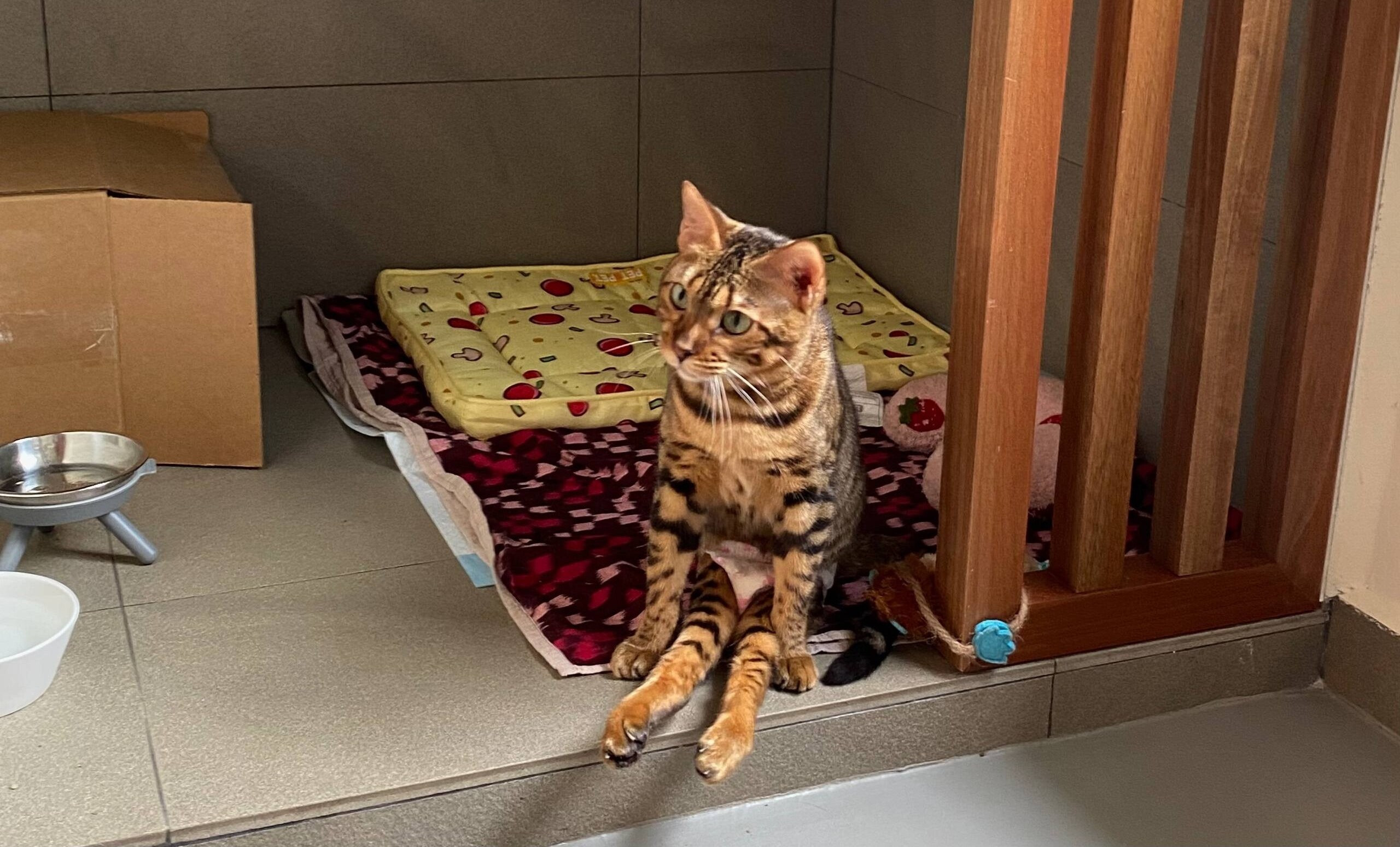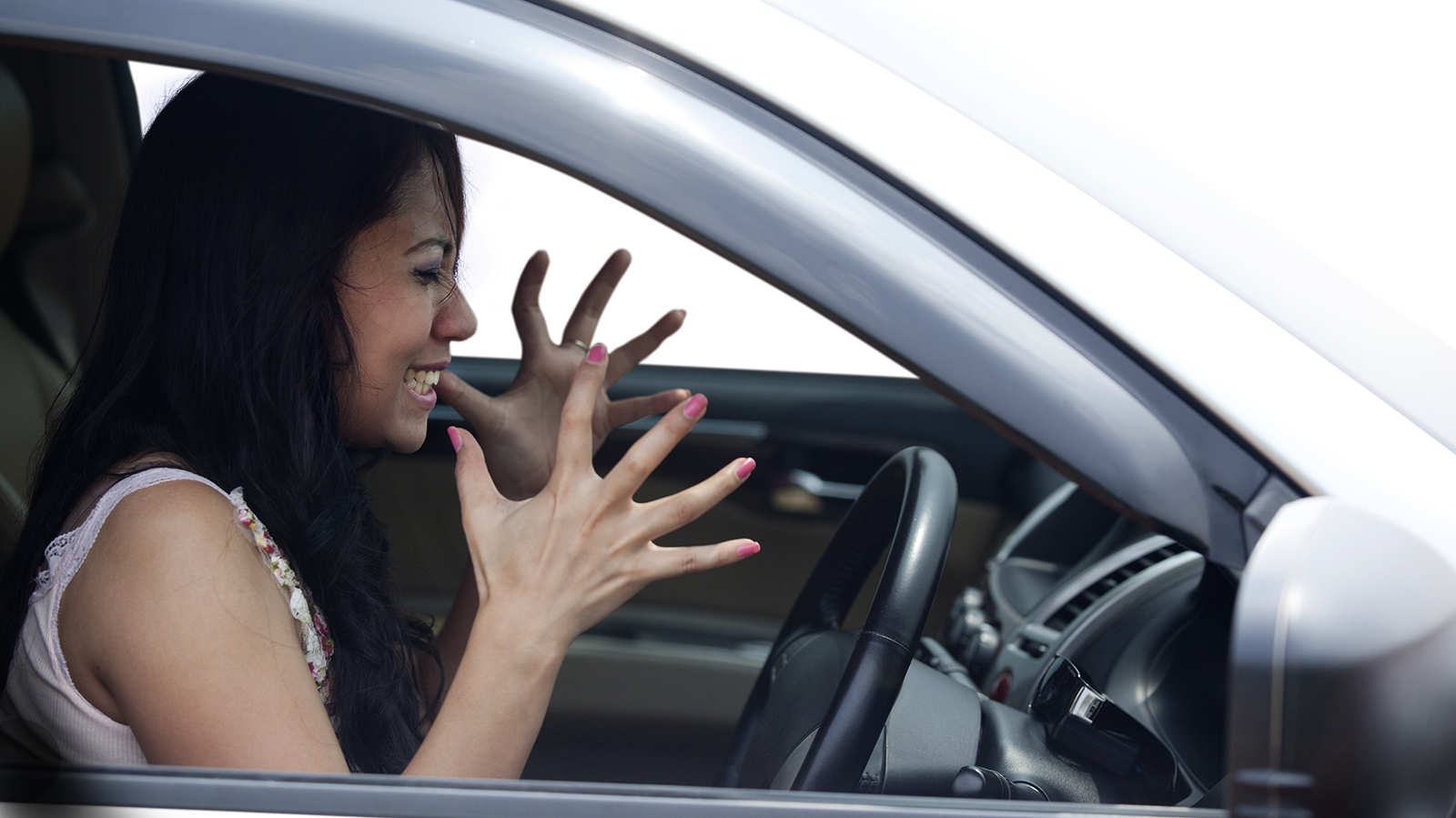They’re worlds apart: The modern automobile and the first production car that rolled out 133 years ago.
Yet one component of the car has hardly evolved in terms of function: That annoying thing called the horn.
Generations since the first car horn design was patented by American inventor Miller Reese Hutchison in 1908, it remains the only way drivers in cars can communicate with each other, aside from indicator lights to signal your intention to turn left or right, or switch lanes.
It is by no means a very eloquent form of communicating. No matter how superb your driving skills are, how technologically advanced the model of your car is, or how much you spent on your Certificate of Entitlement, your options with the car horn are limited to honk! (a single tap), honk honk! (twice, for emphasis), or ho-o-o-o-onk! (a sustained blast to show your panic/desperation/anger/frustration.).
Which means you would be mildly irritating (that light, single tap) on one end of the spectrum, or downright detestable (the long blast, especially in an enclosed area such as an underground carpark) on the other, whenever or in whatever manner you use it.
Other stories you might like







So why is that device still around?
Perhaps we should take a look at why the horn is there in the first place. It was incorporated into the design of automobiles so that drivers could warn others of danger. Which is why the volume of a modern car horn is generally between 107 and 109 decibels – loud enough to alert a driver in a well-insulated car of any imminent threat.
Related article: Being a gracious road user will save you from frustrations, and being killed
It was not meant as a device to send a greeting. It was never meant for any driver to show his displeasure at the behaviour of another road user. Which is why, perhaps, it has stayed that way. Despite that, it has been abused over the years.
Recently, an altercation involving a group of pedestrians and the driver and passengers of a Mercedes-Benz occurred on Syed Alwi Road, allegedly started by the sounding of the car horn by the driver of the Mercedes-Benz. A quarrel ensued and one guy in the group of pedestrians succeeded in damaging the car’s windscreen and hurting his hand in the process.
Was it a light tap on the horn or a blaring, sustained assault on the eardrums that so incensed the pedestrian? I have no idea. The case is being investigated and so far five men have been arrested.
Video evidence available online provides little information on the honk that started it all, though you can imagine how it must have sounded to the pedestrians to have got them so shockingly triggered that one of them attempted to destroy the car.
Related article: Don’t end up in jail for what you post on Facebook
Perhaps we should re-examine our honking etiquette.
There are really only three situations where using a car horn is appropriate:
1. To warn another car driver that he is about to hit you.

When you happen to be in the other driver’s blind spot, he is moving into your lane and you have no way of braking in time to let him in.
In the several times that I had to honk in such a situation, the driver in question almost always raised his hand in apology. On my part, I made my way quickly, without staring belligerently, and raised my hand in acknowledgment whenever I could. The other driver made a mistake; there’s no need to force him to say sorry. Even if he did not, or appears rude and hostile afterwards, appeal to the better angels of your nature and get safely to where you’re heading.
2. To warn pedestrians that they are in danger of walking into a deadly traffic situation.

Once, while I was making a right turn, I saw a pedestrian stepping onto the lane I was turning into. I had to hit my horn hard: There was no way I could’ve stopped to wait for him to cross as there was traffic approaching in the opposite direction. Stopping would have meant obstructing them, if they managed to stop in time. The pedestrian was furious. He raised a finger at me (it wasn’t the peace sign) but I raised my hand to apologise. Sure, he had no right to cross the road – it was red for him – and even if he intended to commit a jaywalking offence, he should have looked first. Nevertheless, I was sorry for having startled him with the horn, and so apologised to him so that he could be in a better state of mind to reflect on what he had done.
3. To alert the driver in front of you that the traffic signal has turned.

Wait a moment, though. There is definitely no reason to blast your horn the moment the lights turn green when there’s a car ahead of you at the lights. If you do that, you are an evil person – you will burn in hell and the angels will weep for you.
An alternative to honking is the flicking of the high-beam. This is usually meant to tell the driver in front to move faster or to move out of the way. I sometimes employ it to get road hogs – those drivers who drive below the speed limit and yet insist on remaining on the right-most lane of the expressway – to move aside so I can pass. But I do that only once. If the person in front of me refuses to yield, he will not yield whether I flick the high beam a million times or blast my horn long enough to wake the dead.
And if you’re on the receiving end of a high beam from a driver behind you, move aside.
The person in the car behind you may be an idiot with an enormous sense of entitlement, or he could be dealing with a medical emergency such as sending someone terribly ill to a hospital or rushing to see a dying relative and therefore willing to take the risk of getting penalised for speeding. Whichever the case may be, you’d probably never know for certain. Getting out of the way, though, would be your safest option.
It would help if you always bear in mind that no matter how safe or skilful a driver you may be, you may be honked at for various reasons.

It could simply be what the horn is there for in the first place: to warn you of danger, in which case the appropriate reaction would be to get out of the dangerous situation, after which the gracious thing to do on your part is to apologise if you were in the wrong. You could also wave to thank the driver who honked for his part in sparing you a collision or possible injury.
Related article: Would you forgive your father if he’d walked out on your family?
You may also be honked at by a driver who feels aggrieved that you cut into his lane. That he was a mile away and you had indicated your intention way before you did so notwithstanding, save yourself the trouble of getting angry. The honk was obviously casual cruelty on the part of the driver behind you, made with the intention of getting back at you, or of upsetting you. Don’t fall for that. Smile. Wave. Shock him with your equanimity. He may think twice about sounding his horn again if faced with a similar situation in future and you can pride yourself with having made the world a better place.
You would, on occasion, be honked at for no apparent reason other than the fact that the driver behind you is an idiot without any manners and should be banned from all roads, not just in Singapore but also everywhere else on this planet (in your most humble opinion, of course). Yes, we agree: He is an idiot. But you don’t have to be one. You don’t need to be like him because you’re better than that. So let it go.
The car horn may not have evolved very much in the past 110 years. We, as a highly-evolved species, should not allow it to bother us. Starting with ourselves, we could refrain from using the horn except for its only intended purpose, and not react with such fury if someone else does.
